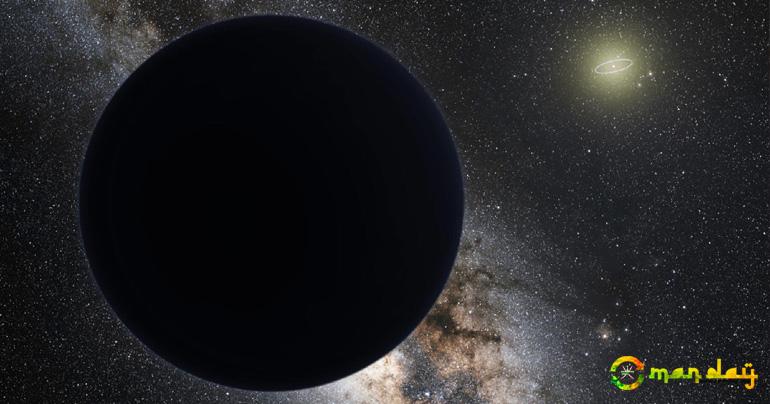Planet Nine Does Exist According To NASA’s Evidence
IIf a planet is there, it’s extremely distant and will stay that way (with no chance — in case you’re wondering — of ever colliding with Earth, or bringing “days of darkness”).It is a possible “Planet Nine” — a world perhaps 10 times the mass of Earth and 20 times farther from the sun than Neptune. The signs so far are indirect, mainly its gravitational footprints, but that adds up to a compelling case nonetheless.

An artist’s illustration of a possible ninth planet in our solar system, hovering at the edge of our solar system. Neptune’s orbit is shown as a bright ring around the Sun. Credit: ESO/Tom Ruen/nagualdesign
One of its most dedicated trackers, in fact, says it is now harder to imagine our solar system without a Planet Nine than with one.
“There are now five different lines of observational evidence pointing to the existence of Planet Nine,” said Konstantin Batygin, a planetary astrophysicist at Caltech in Pasadena, California, whose team may be closing in. “If you were to remove this explanation and imagine Planet Nine does not exist, then you generate more problems than you solve. All of a sudden, you have five different puzzles, and you must come up with five different theories to explain them.”
Batygin and his co-author, Caltech astronomer Mike Brown, described the first three breadcrumbs on Planet Nine’s trail in a January 2016 paper, published in the Astronomical Journal. Six known objects in the distant Kuiper Belt, a region of icy bodies stretching from Neptune outward toward interstellar space, all have elliptical orbits pointing in the same direction. That would be unlikely — and suspicious — enough. But these orbits also are tilted the same way, about 30 degrees “downward” compared to the pancake-like plane within which the planets orbit the sun.
Breadcrumb number three: Computer simulations of the solar system with Planet Nine included show there should be more objects tilted with respect to the solar plane. In fact, the tilt would be on the order of 90 degrees, as if the plane of the solar system and these objects formed an “X” when viewed edge-on. Sure enough, Brown realized that five such objects already known to astronomers fill the bill.
Two more clues emerged after the original paper. A second article from the team, this time led by Batygin’s graduate student, Elizabeth Bailey, showed that Planet Nine could have tilted the planets of our solar system during the last 4.5 billion years. This could explain a longstanding mystery: Why is the plane in which the planets orbit tilted about 6 degrees compared to the sun’s equator?
“Over long periods of time, Planet Nine will make the entire solar-system plane precess or wobble, just like a top on a table,” Batygin said.
...[ Continue to next page ]
tag: blog , information
Share This Post






